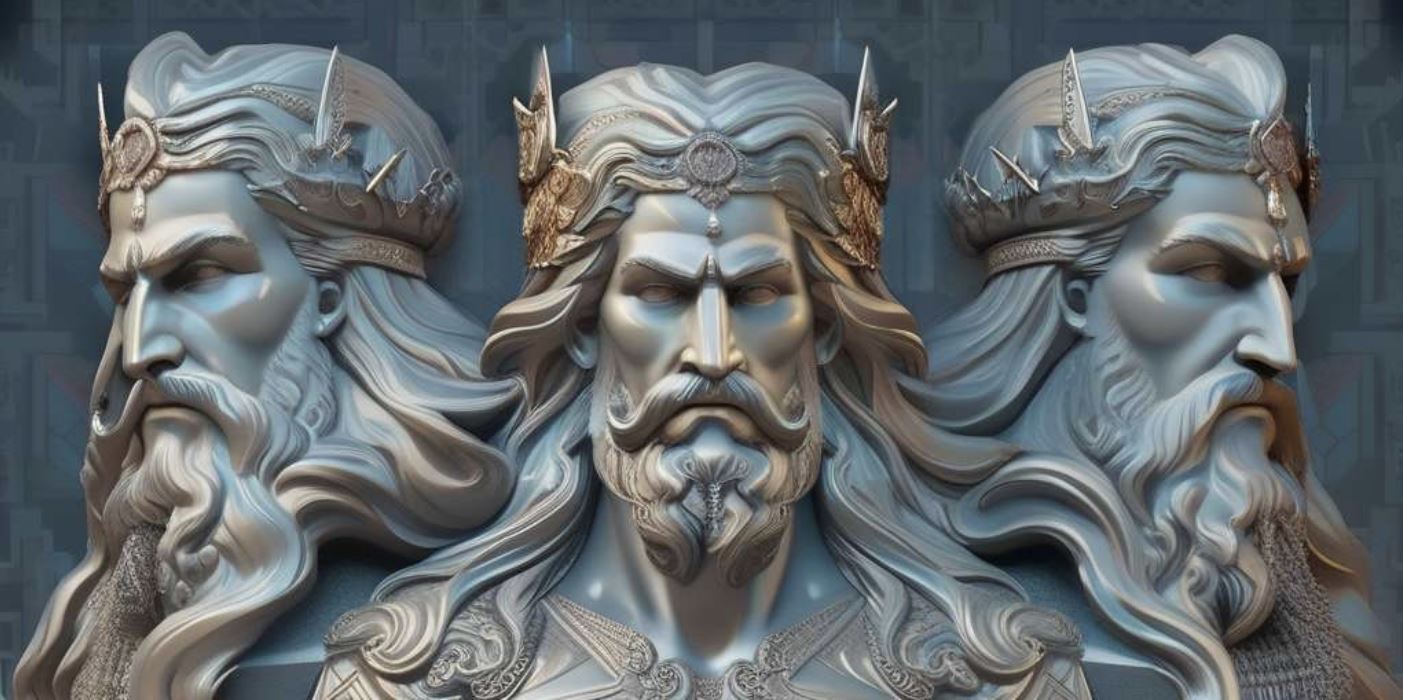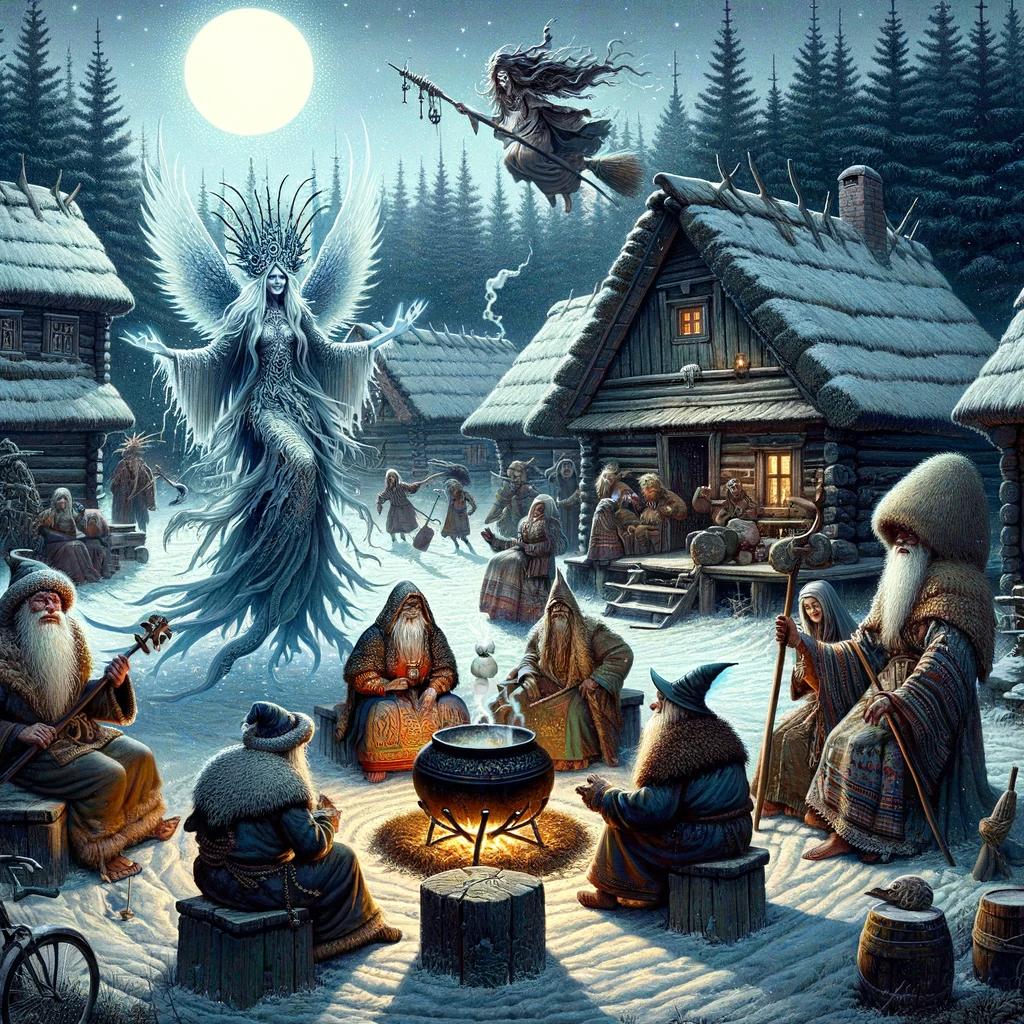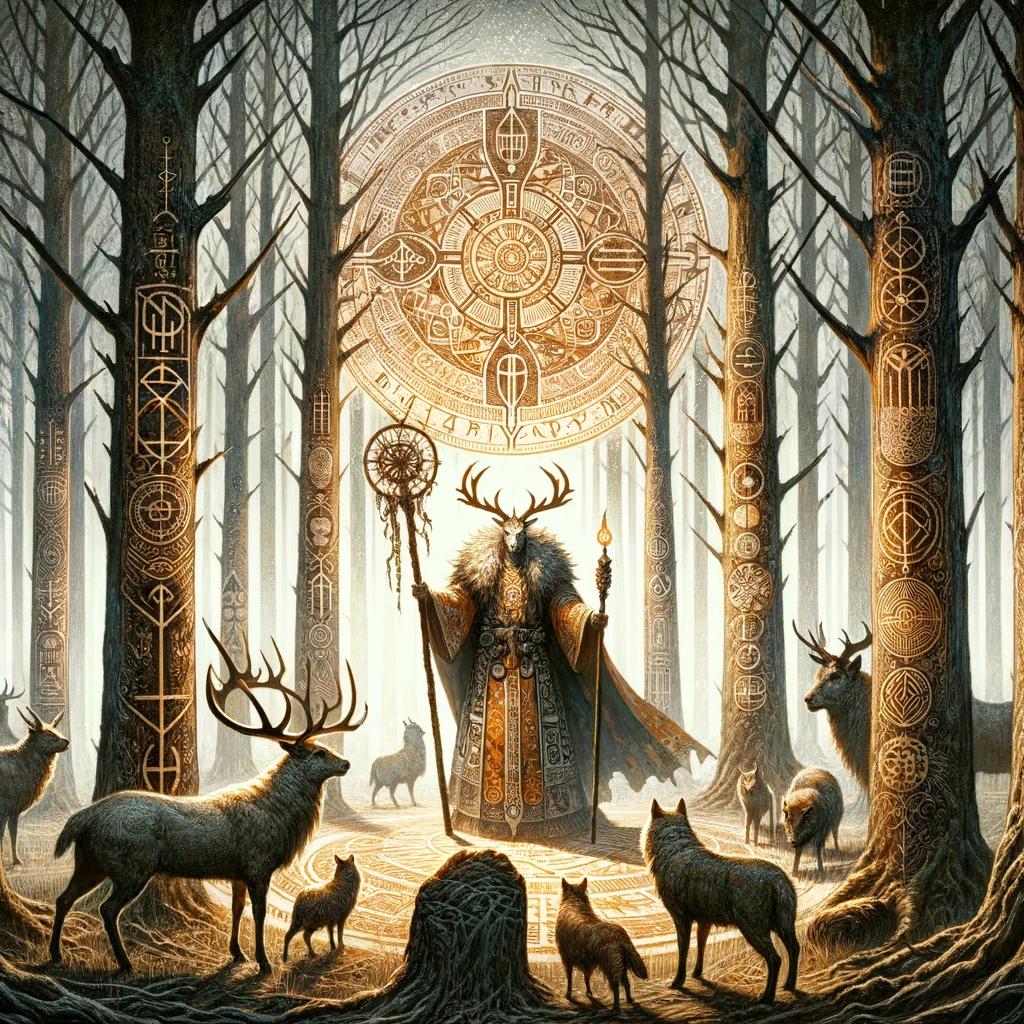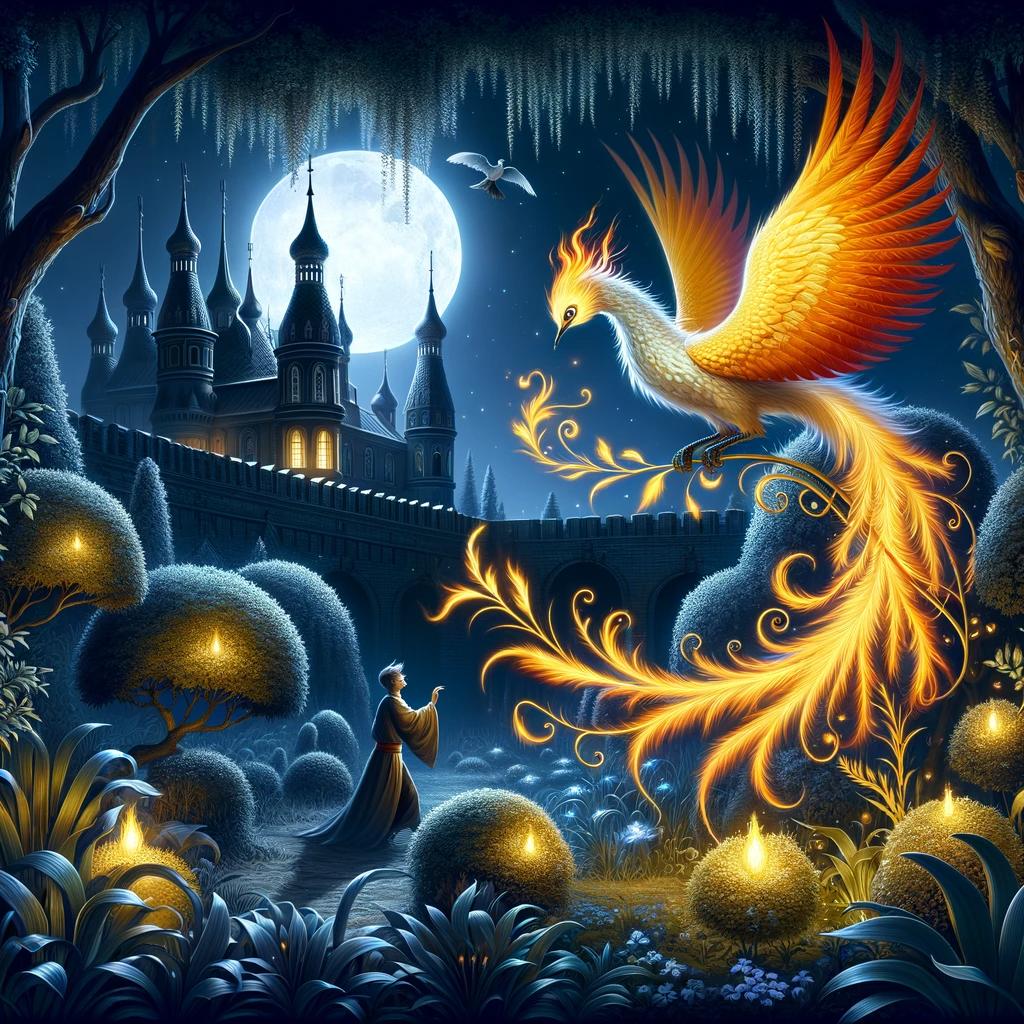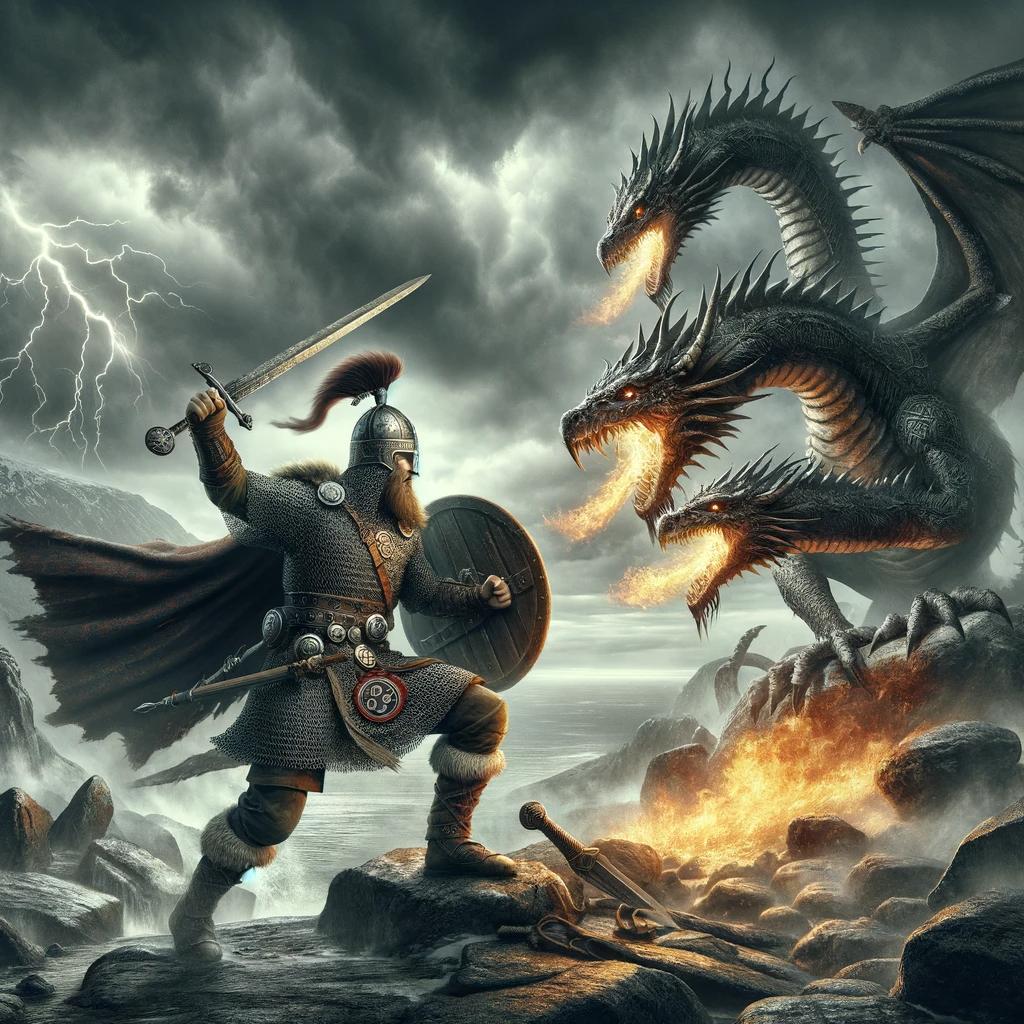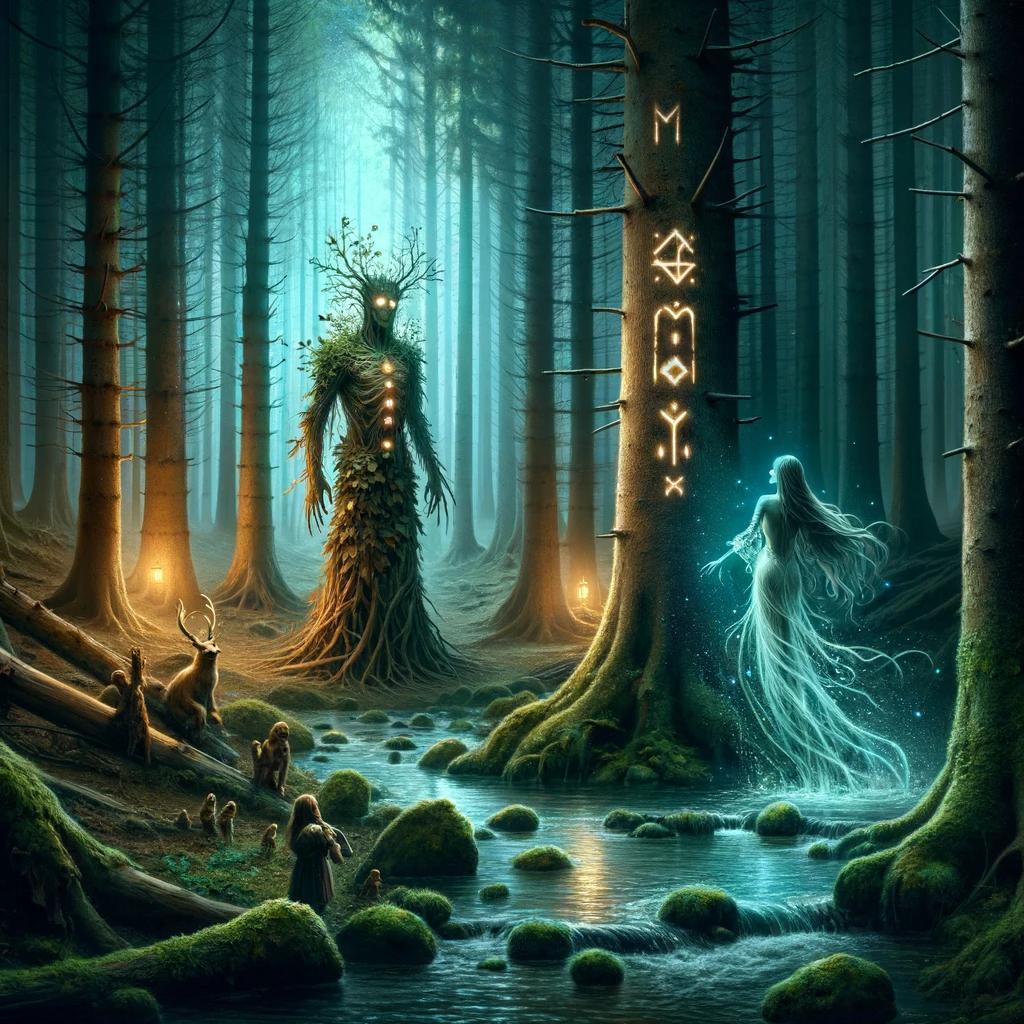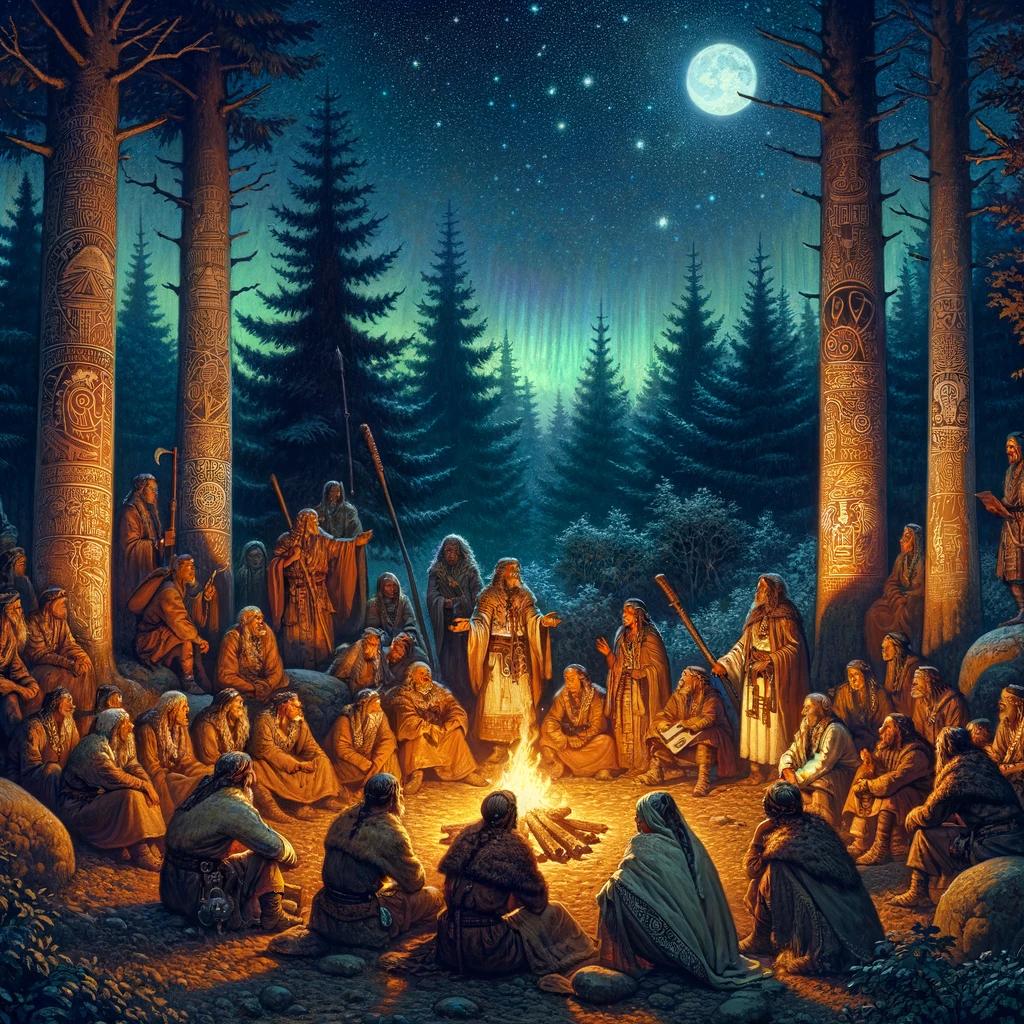Triglav God: Unveiling the Mysteries of the Slavic Tricephalic Deity
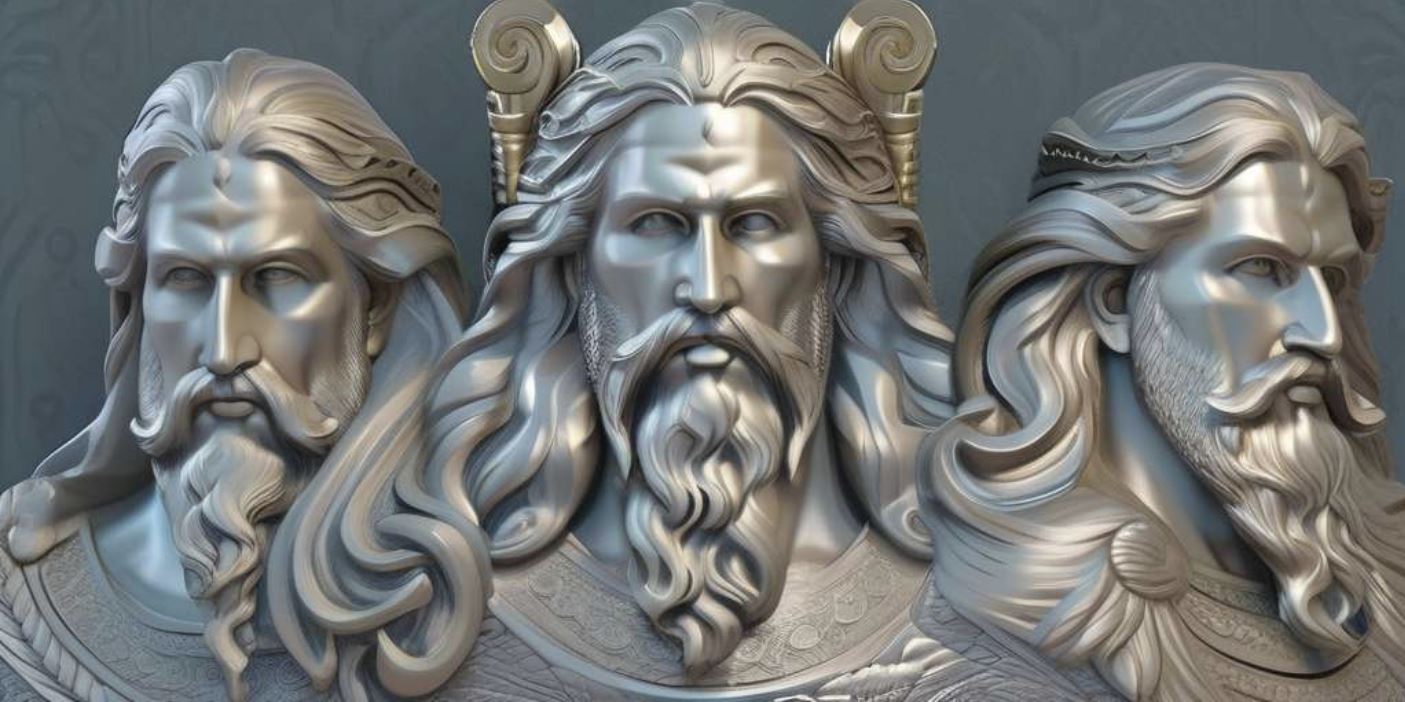
Triglav god, the tricephalic deity of Slavic mythology, holds significant origins and symbolism in various Slavic regions. This article explores Triglav’s representation as a three-headed figure, its connection with other Slavic gods, and its role as the ruler of three kingdoms.
It delves into the pagan worship of Triglav in Wolin and Szczecin, along with the destruction of Triglav temples during San Otto’s mission of Christianization. Additionally, it highlights Triglav’s influence in Slovenian culture, including the legend of Zlatorog and its association with eternity.
Explore the intriguing world of Triglav god and its enduring impact.
Origins and Significance of Triglav Deity
Triglav, a prominent figure in Slavic mythology, holds great significance in the belief system of the ancient Slavic people.
This section delves into the origins and symbolic importance of Triglav, shedding light on its role as a revered deity in Slavic culture.
Triglav in Slavic Mythology
Triglav, often depicted as a tricephalic god, reigns supreme in Slavic mythology. As a complex deity, Triglav embodies various aspects of the natural world and represents the interconnectedness of heaven, earth, and the underworld.
Its origin story and the narratives surrounding its exploits reveal the deep-rooted beliefs and values of the Slavic people.
Three-Headed Representation of Triglav
One distinctive feature that characterizes Triglav is its unique portrayal with three heads. These heads, sometimes depicted as goat-like or human, symbolize different realms of existence or divine powers associated with Triglav.
This fascinating representation holds profound cosmological and spiritual significance in Slavic mythology.
The arrival of San Otto, on his mission to christianize the area, marked a turning point for the cult of Triglav in Wolin and Szczecin. San Otto encountered resistance from the devotees, as they fiercely defended their temples and religious practices.
San Otto, determined to eradicate the worship of Triglav, destroyed the temples, symbolically dismantling the structures that held the pagan beliefs. The captured three heads of Triglav served as evidence of successful conversion, presented to the Pope.
Persistence of Triglav Worship in the Region
Despite the destruction of the Triglav temples, traces of the ancient worship persisted in the region. Some inhabitants of Wolin and Szczecin rekindled their devotion to the tricephalic god, recreating statues and reviving rituals associated with Triglav.
Triglav God: Symbolism and Mythological Associations
In Slavic mythology, Triglav holds the prominent role of being the ruler of three kingdoms. Representing power and authority, this tricephalic deity is believed to govern the realms of the sky, earth, and underworld.
Relationship with Triglav Mountain and Monte Troglav
Additionally, Triglav is associated with Monte Troglav, another mountain in the Balkans that shares similar symbolic significance.
Throughout different Slavic regions, varying interpretations and controversies surround Triglav. Depending on the area, Triglav assumes different forms and is linked to other Slavic gods. Some believe Triglav to be a tricephalic deity, while others associate him with other mythical figures.
Triglav God in Slovenian Culture and History
Triglav holds immense significance in Slovenian mythology, representing a symbol of national identity and cultural pride. As the three-headed deity, Triglav is regarded as a powerful figure, embodying the essence of unity, strength, and harmony.
Influence on Slovenian Culture and Education
Triglav’s influence permeates various aspects of Slovenian culture and education. Slovenian literature, art, and music often draw inspiration from Triglav, incorporating its symbolism and mythical associations. Triglav serves as a motif in traditional dances, folklore festivals, and theatrical performances, celebrating the rich heritage and mythology of Slovenia.
Moreover, the educational system in Slovenia places a significant emphasis on teaching students about Triglav and its cultural importance, fostering a sense of national identity and heritage among the younger generations.
The Legend of Zlatorog and Triglav’s Connection to the Eternal
Within Slovenian mythology, an enchanting tale revolves around the legendary creature known as Zlatorog, the golden horned ibex. According to the legend, Zlatorog roams the mountains, guarded by Triglav. The story symbolizes the eternal cycle of life, where Zlatorog’s golden horns represent purity and vitality.
Triglav, as the custodian of Zlatorog, signifies the interconnectedness of nature, spirituality, and the divine. This captivating legend not only captures the imagination of Slovenians but also reflects their deep connection to the natural world and belief in the eternal forces that govern it.
- Triglav embodies unity, strength, and harmony in Slovenian mythology.
- Slovenian culture and education are deeply influenced by the worship of Triglav.
- The legend of Zlatorog, protected by Triglav, represents the eternal cycle of life.
Triglav’s mythological significance and cultural relevance have created a strong bond between the Slovenian people and their ancient heritage.
This enduring connection fuels a sense of pride and identity, reinforcing the cultural fabric of Slovenia and ensuring the legacy of Triglav continues to thrive in the hearts and minds of its people.
Frequently Asked Questions about Triglav God
What is the significance of Triglav in Slavic mythology?
Triglav holds immense significance in Slavic mythology as a tricephalic deity. Revered by various Slavic regions, Triglav represents power, divinity, and the interconnectedness of three realms. Its symbolism resonates through the worship of multiple Slavic gods and their association with different aspects of life.
How is Triglav represented with three heads?
Triglav is commonly depicted as a deity with three heads, which can either be goat-like or human. This tri-headed representation symbolizes Triglav’s dominion over the spiritual, earthly, and celestial realms. Each head signifies the deity’s power and influence in these interconnected realms of existence.
What is the connection between Triglav and other Slavic gods?
Triglav’s connection with other Slavic gods varies across regions. In some interpretations, Triglav is considered a supreme deity ruling over other gods. In other instances, Triglav is associated with specific gods depending on the regional mythology.
This connection highlights the intricate pantheon of Slavic deities and their roles in the larger cosmological framework.
How was Triglav worshipped in Wolin and Szczecin?
Wolin and Szczecin were notable regions where Triglav was worshipped before the Christianization efforts. Temples dedicated to Triglav existed in these areas, serving as centers of pagan worship. These temples housed revered artifacts, such as a prophetic chair and horse, utilized in rituals and divination practices associated with Triglav.
What happened to the Triglav temples during San Otto’s mission?
San Otto, during his mission to Christianize the Pomeranian population, encountered resistance in Wolin and Szczecin due to the presence of Triglav temples. With the aim of establishing Christianity, San Otto ordered the destruction of these temples.
This act led to the removal of three heads of Triglav, serving as evidence of conversion.
Did Triglav worship persist despite the destruction of the temples?
Despite the destruction of Triglav temples, traces of Triglav worship persisted in the region. Some inhabitants of Wolin and Stettin reverted to their native faith and recreated statues of Triglav, showcasing the enduring influence and resilience of this deity in the face of religious change.
What role did Triglav play as the ruler of three kingdoms?
Triglav holds the role of the ruler of three kingdoms, symbolizing its dominion over multiple realms. These kingdoms represent the spiritual, earthly, and celestial dimensions. The association of Triglav with these realms underscores the deity’s significance as a unifying force in the Slavic mythological framework.
What is Triglav’s relationship with Triglav Mountain and Monte Troglav?
Triglav’s name finds geographical connections with Triglav Mountain and Monte Troglav. Triglav Mountain, located in present-day Slovenia, holds cultural and historical significance for the Slovenian people. Its association with Triglav reflects the deity’s enduring presence in local lore and the reverence given to this majestic peak.
Are there variations and controversies in Triglav’s interpretation?
Triglav’s interpretation varies across different regions and cultures, leading to controversies in understanding its true nature. These variations can be attributed to the diverse belief systems and mythological traditions of Slavic peoples.
The debates surrounding Triglav’s origin, role, and associations contribute to the richness and complexity of Slavic mythology.
What is the importance of Triglav in Slovenian culture and history?
Triglav holds immense importance in Slovenian culture and history.
As a symbol of national identity, Triglav represents the deep connection Slovenians have with their mythological roots. This deity’s association with Zlatorog, the golden ibex, further enhances its significance in Slovenian folklore, emphasizing its connection to themes of eternity and the universe.
How has Triglav’s belief influenced Slovenian culture and education?
Triglav’s belief has deeply influenced Slovenian culture and education. The reverence for Triglav and its symbolism is woven into various aspects of Slovenian life, including literature, art, and traditional celebrations. The educational system in Slovenia also pays homage to Triglav, ensuring the preservation and transmission of this mythological heritage to future generations.
……..

